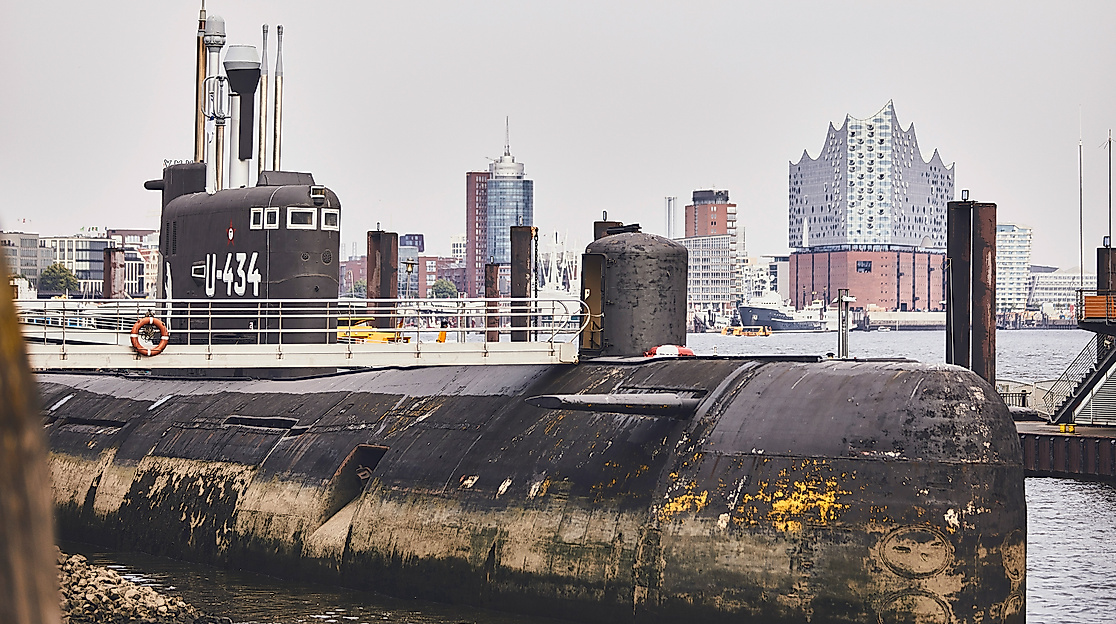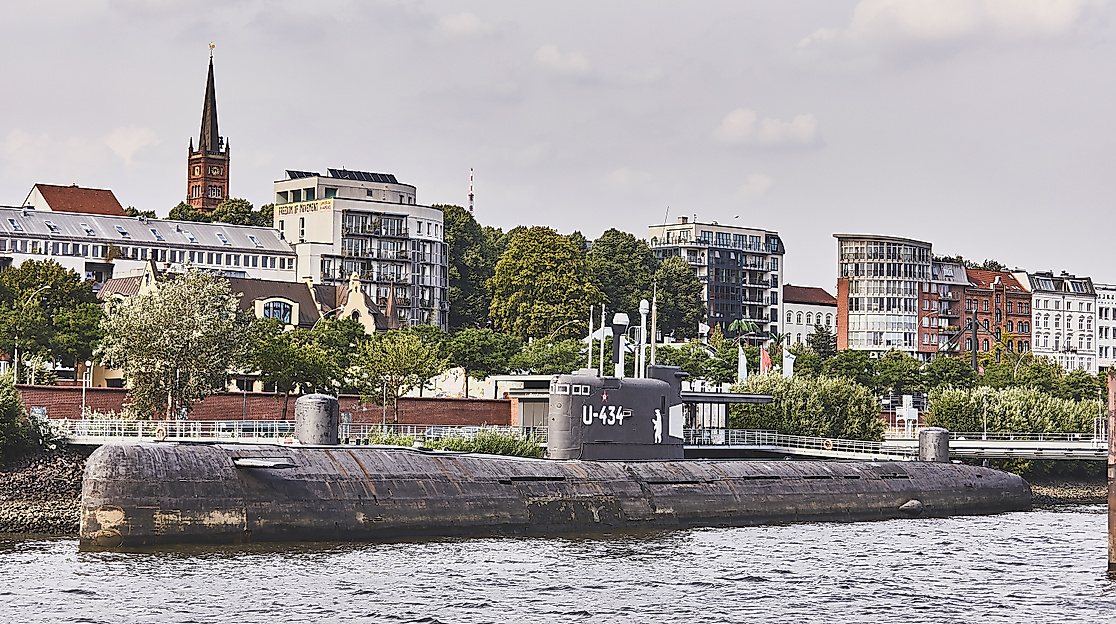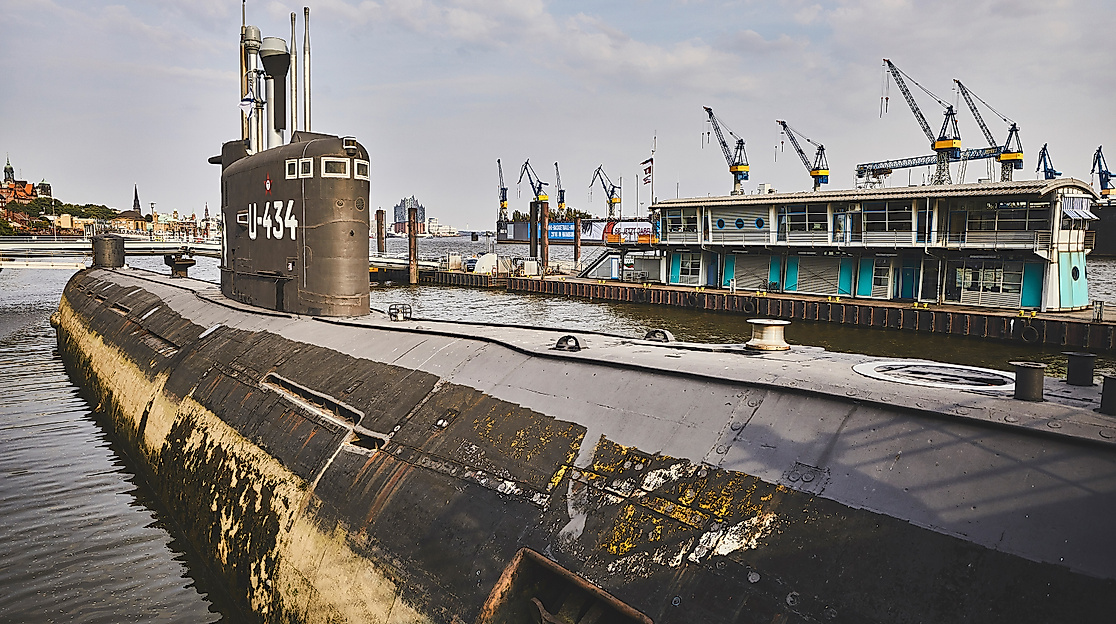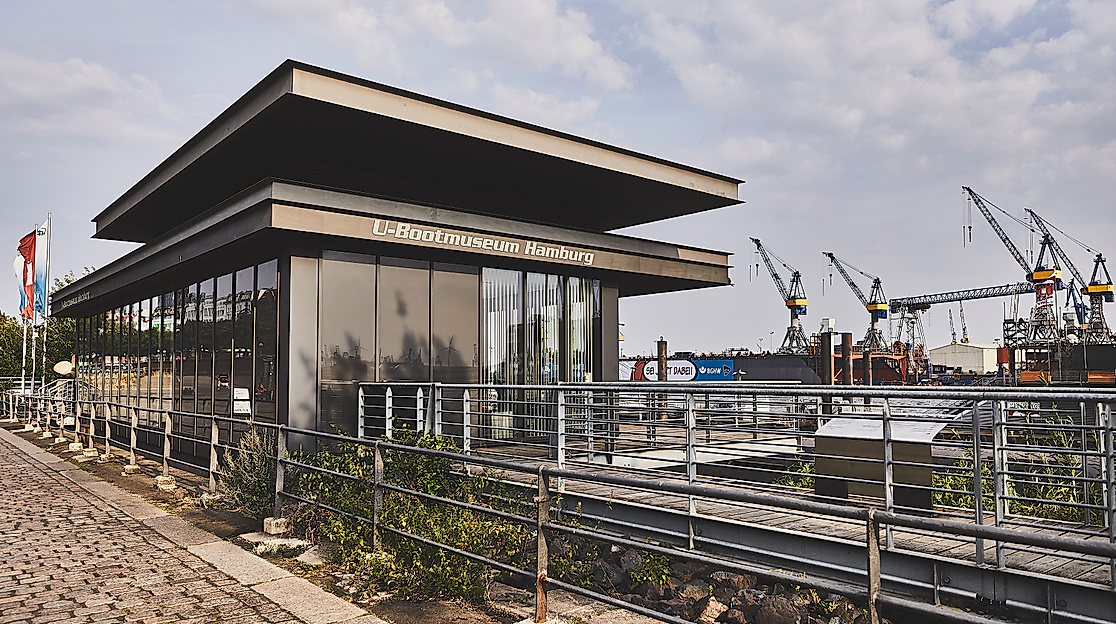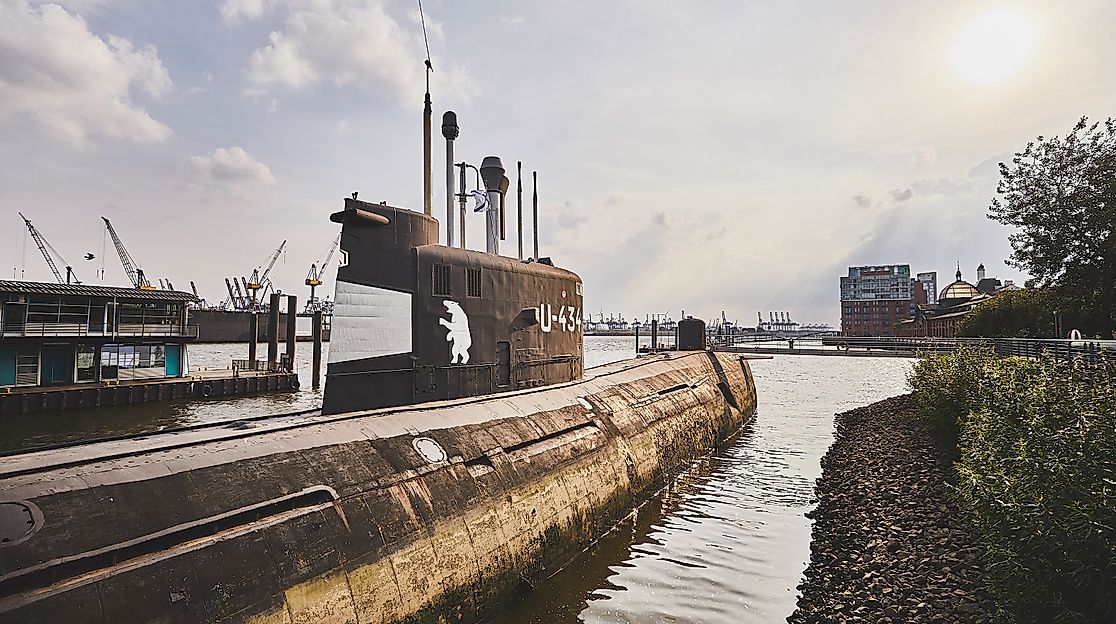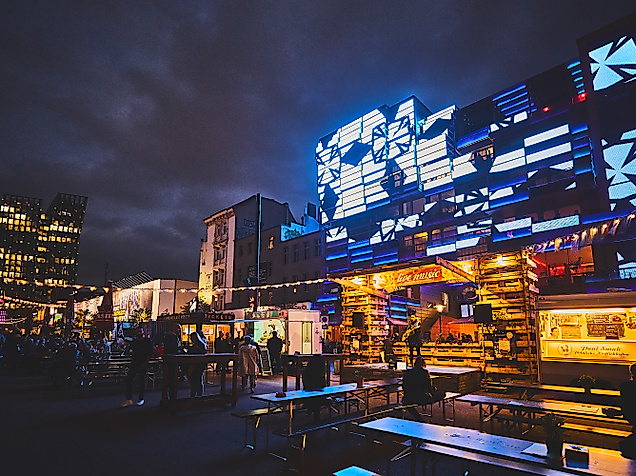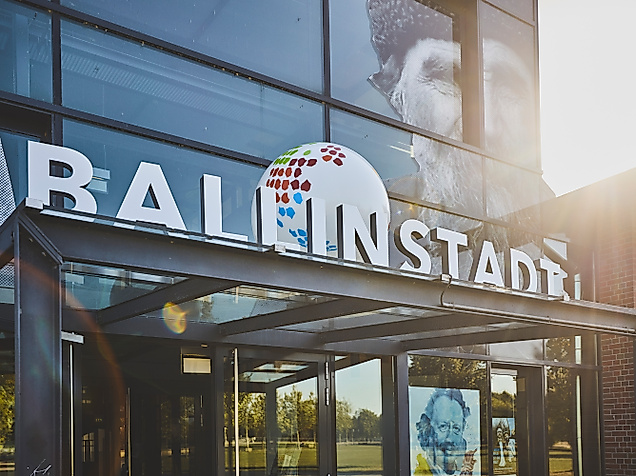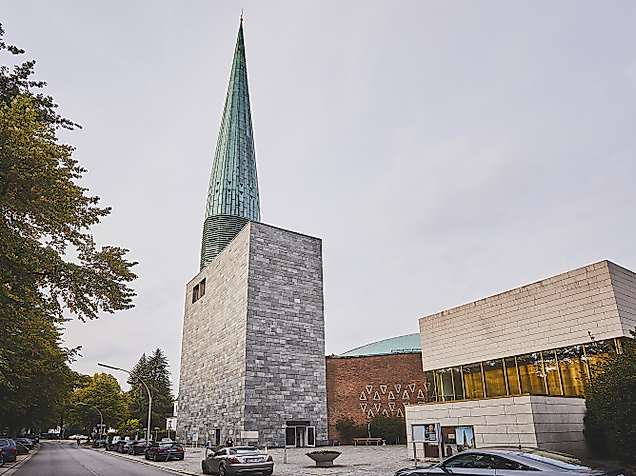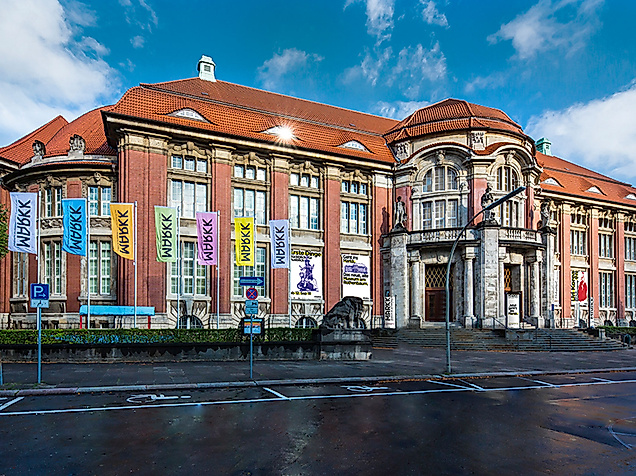
U-434 submarine museum Explore one of the largest non-nuclear submarines in the world, U-434
Explore one of the largest non-atomic submarines in the world, U-434. It was once used by the Russian Navy for espionage, now it is moored in Hamburg as a submarine museum.
It served the Russian navy in espionage, and now it lies in Hamburg at the St. Pauli Fish Market as a museum. You can visit it all year round.
The Russian submarine U-434 is the largest hunting and espionage submarine in the world, and on the edge of the Port of Hamburg it offers a thrilling peek behind the front of the Cold War. At the same time, it reveals the spartan living conditions that the crew faced underwater.
The Tango-class submarine was built in 1976 at the Russian shipyard Krasnoe Sormovo, in Gorki. It was launched after only 8 months. Up until April 2002, it served the Russian North Sea fleet under the name B-515. It is 90.16 metres long, 8.72 metres wide and has a height of 14.72 metres. The maximum operating depth is 400 metres. The structural design of the U-434 is similar to the Russian submarine Kursk which sank in 2000.
Discover this submarine with the whole family – History that is thrilling and alive!
